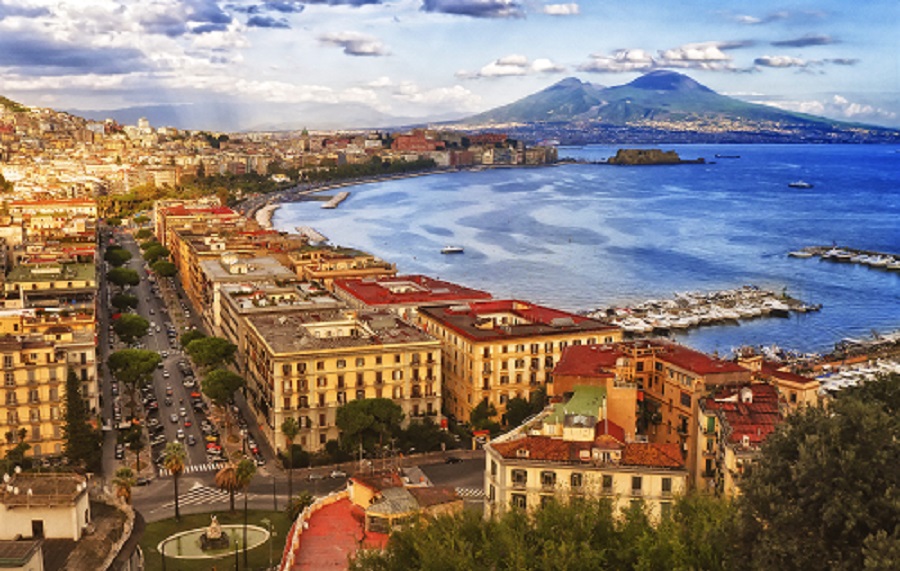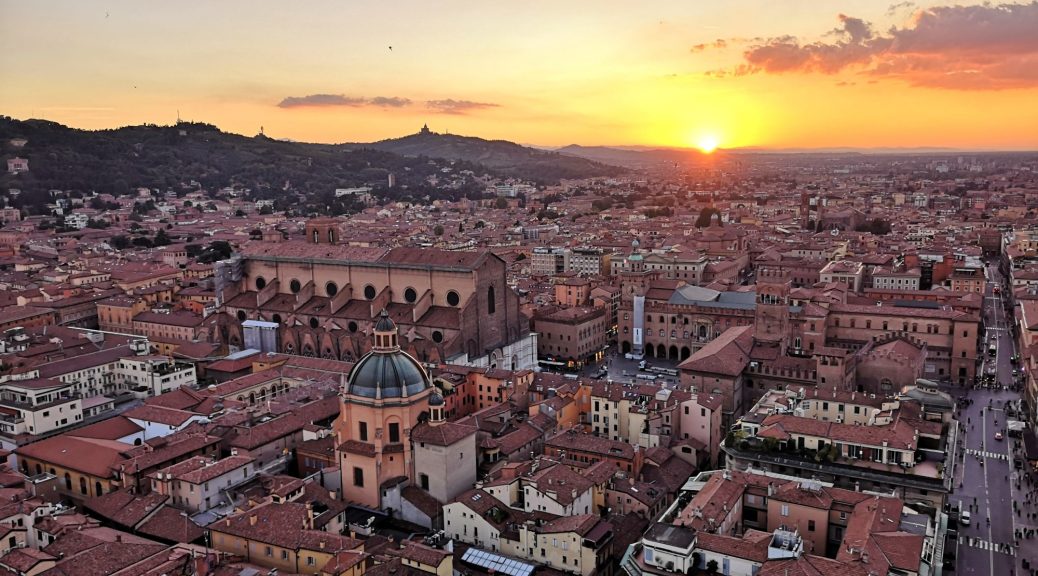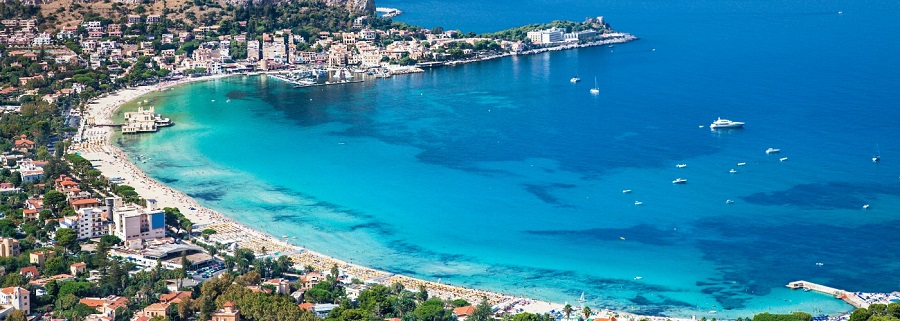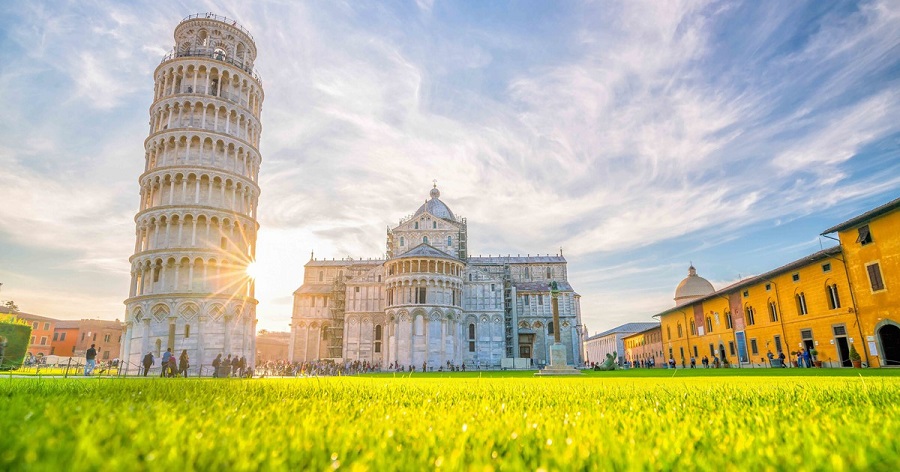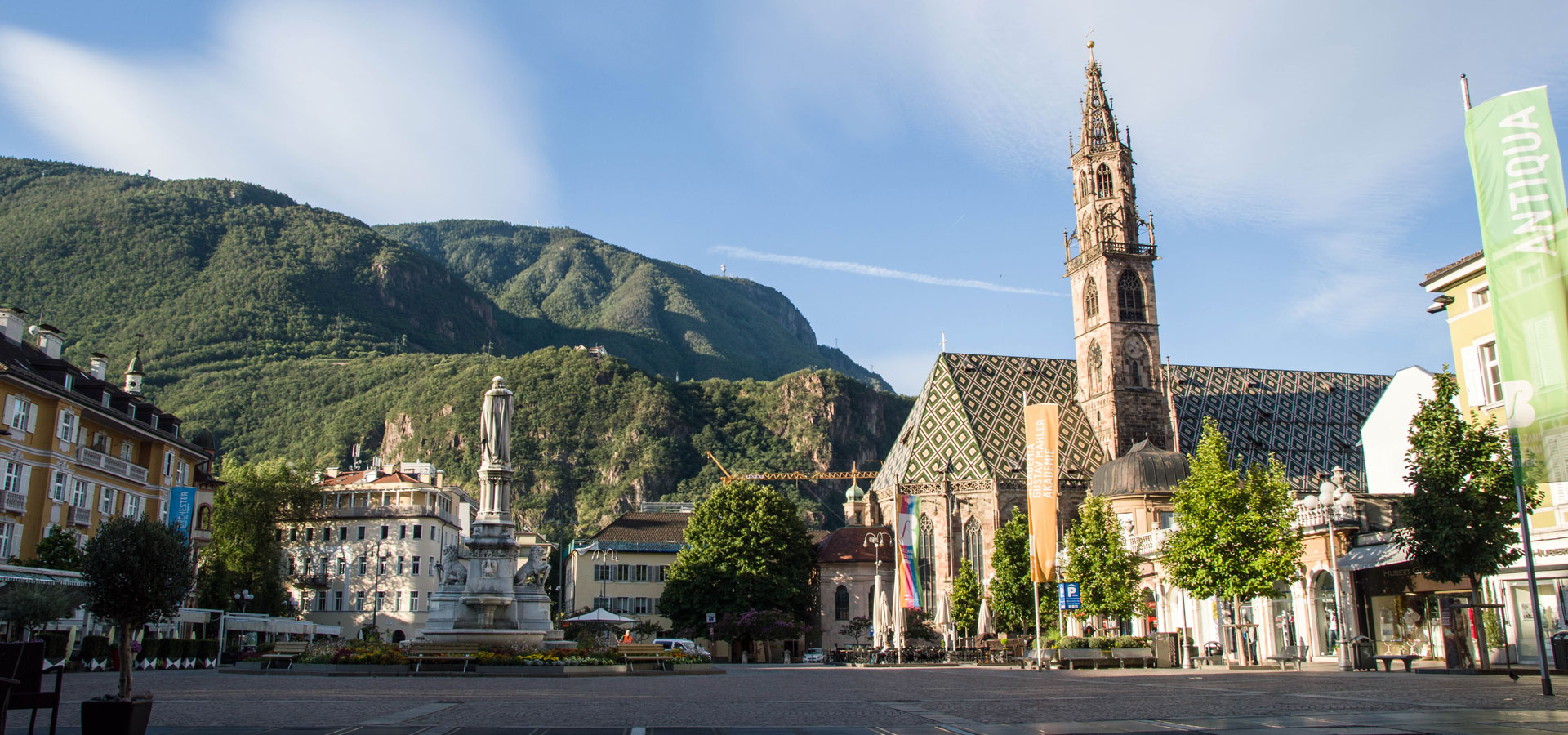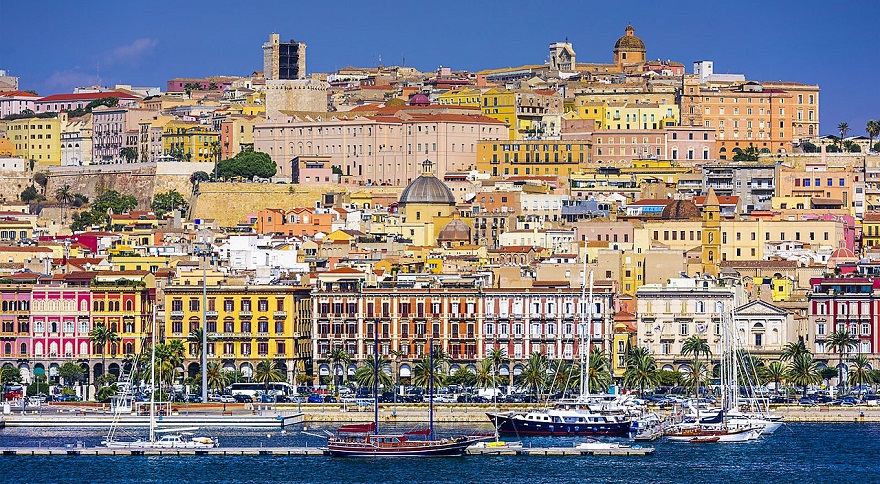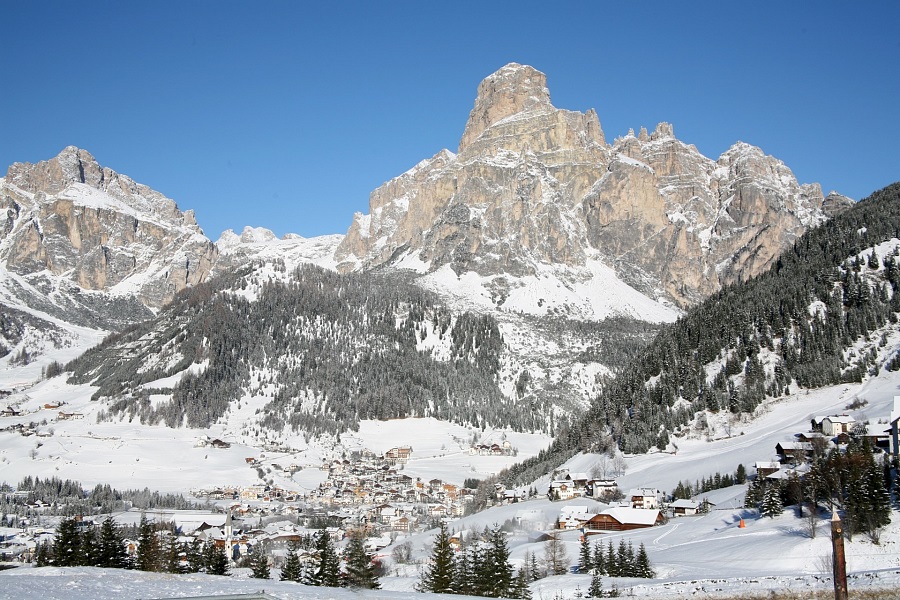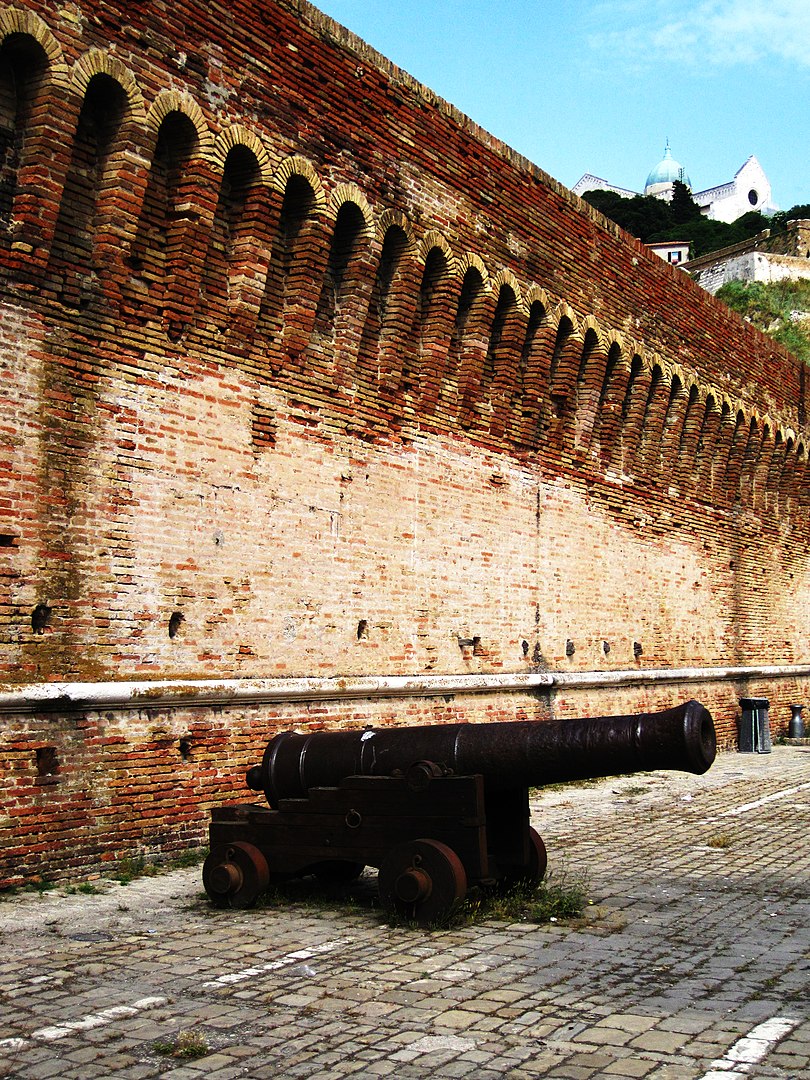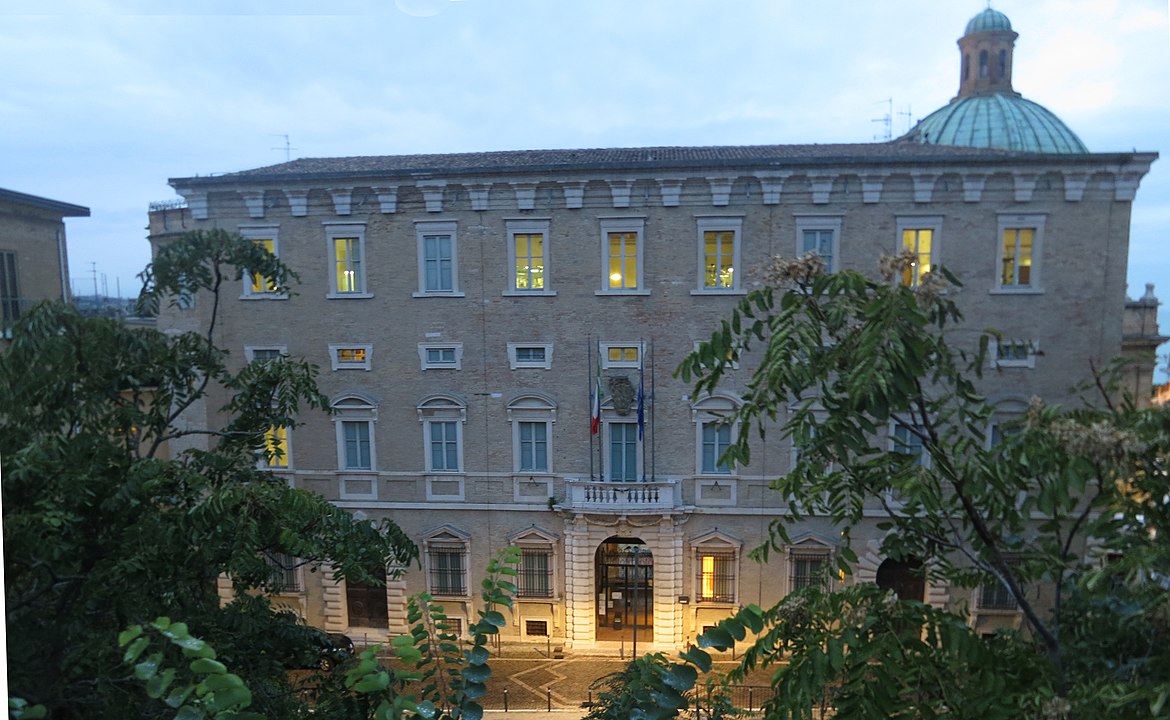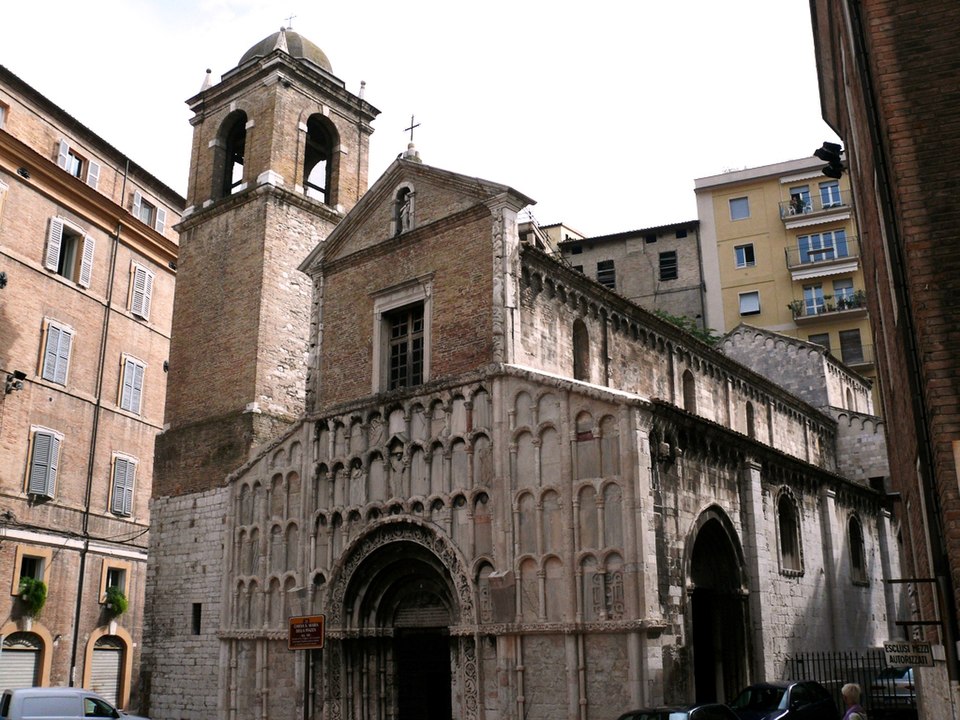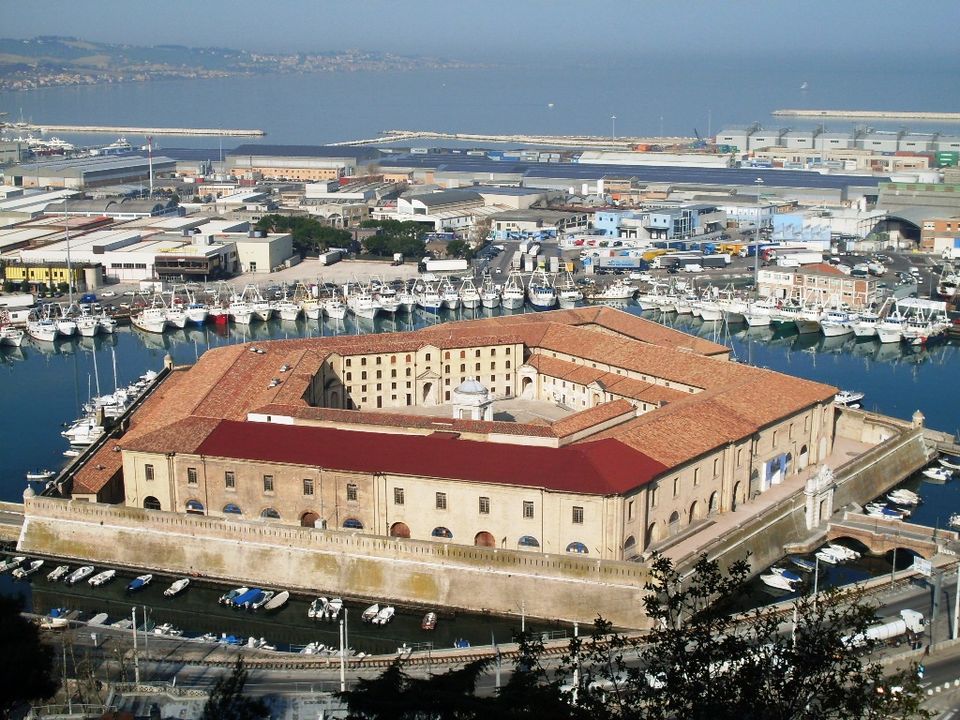Ancona Cathedral, dedicated to Judas Cyriacus, was consecrated at the beginning of the 11th century and completed in 1189. Some writers suppose that the original church was in the form of a basilica and belonged to the 7th century. An early restoration was completed in 1234. It is a fine Romanesque building in grey stone, built in the form of a Greek cross, and other elements of Byzantine art. It has a dodecagonal dome over the centre slightly altered by Margaritone d'Arezzo in 1270. The façade has a Gothic portal, ascribed to Giorgio da Como (1228), which was intended to have a lateral arch on each side. A cannon situated near the Arch of Trajan, with the Cattedrale San Ciriaco visible in the background. Gothic/Renaissance portal of the church of Sant'Agostino. The interior, which has a crypt under each transept, in the main preserves its original character. It has ten columns which are attributed to the temple of Venus. The church was restored in the 1980s.
| Welcome to Ancona, Italy |
|---|
Italy VIP services
|

![]()
![]()
![]()
![]()
| Start Site | Italy jet charters | Italy helicopter services | Italy yacht charter | Italy luxury cars rental |
|---|
Welcome to Ancona - Italy VIP services
Ancona is a city on Italy’s Adriatic coast and the capital of the Marche region. It’s known for beaches, such as Passetto Beach, and the hilltop Cathedral of San Ciriaco. In the city center, the Fontana del Calamo is a fountain with bronze masks of mythic figures. In the port are the ancient Arch of Trajan and the Lazzaretto, or Mole Vanvitelliana, an 18th-century pentagonal quarantine station on its own island.
Ancona (Ancient Greek: Ἀγκών, romanized: Ankṓn) is a city and a seaport in the Marche region in central Italy, with a population of around 102,000. Ancona is the capital of the province of Ancona and of the region. Ancona is located 280 km (170 mi) northeast of Rome, on the Adriatic Sea, between the slopes of the two extremities of the promontory of Monte Conero, Monte Astagno and Monte Guasco.
Ancona is one of the main ports on the Adriatic Sea, especially for passenger traffic, and is the main economic and demographic centre of the region.
The Ancona Port has regular ferry links to the following cities: Durrës in Albania, Split, Zadar, Hvar Island (Stari Grad) and Vis Island in Croatia, Igoumenitsa and Patras in Greece and Cesme in Turkey. Ancona is served by Ancona Airport (IATA: AOI, ICAO: LIPY), in Falconara Marittima, offering private jet charter flights and helicopter transfer services.
Tourism in Ancona, Italy
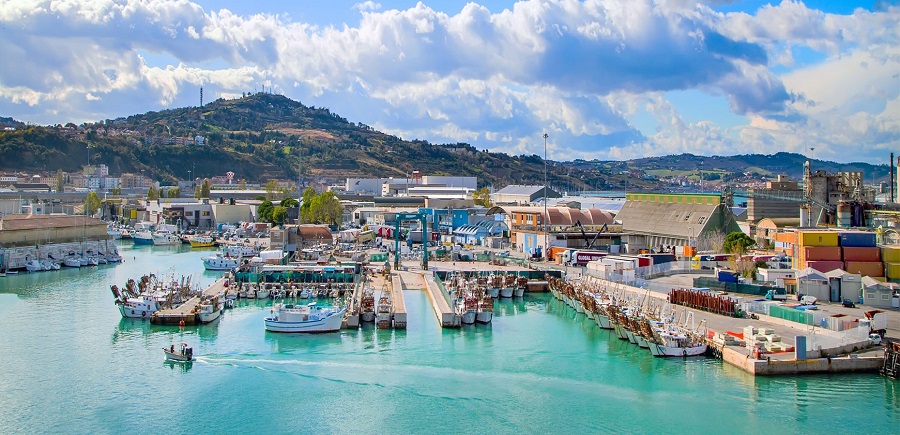
Best places to visit in Ancona
Arch of Trajan: this is a marble 18 metres (59 feet) high, erected in 114/115 as an entrance to the causeway atop the harbour wall in honour of the emperor who had made the harbour, is one of the finest Roman monuments in the Marches. Lazzaretto: The complex is a (Laemocomium or "Mole Vanvitelliana"), planned by architect Luigi Vanvitelli in 1732 is a pentagonal building covering more than 20,000 square metres (220,000 square feet), built to protect the military defensive authorities from the risk of contagious diseases eventually reaching the town with the ships. The Episcopal Palace was the place where Pope Pius II died in 1464. Santa Maria della Piazza: church with an elaborate arcaded façade (1210). Palazzo del Comune (or Palazzo degli Anziani – Elders palace): The palace was built in 1250, with lofty arched substructures at the back, was the work of Margaritone d'Arezzo, and has been restored twice...
So pack your bags and grab your passport because you’re going to want to book a flight to Ancona, Italy!
Ancona, Italy VIP services
travel with pleasureAncona, Falconara Marittima 60015; Italy
All over Italy - Ancona VIP services

E-mail: contact@vip-charter-service.com ; Telephone 24/7:+389 72 788 267; Ancona Airport
Best price range for Best VIP services offers a variety of services in Italy:
-
Ancona luxury rent a car services
-
Ancona luxury cars hire is personalized one-on-one instruction on your vehicle’s features by our trained staff.
-
Ancona luxury car rental categories of new vehicles equipped with the latest technology.
-
Ancona luxury rent a car 24/7 Roadside Assistance (towing, lockouts, jump-starts, and fuel-delivery)
-
-
Ancona jet charters hire services
-
Ancona private jet charter priority is your contentment: Fast and friendly customer service is our highest priority.
-
Once you reserve your Ancona private jet charter flight, we can handle all ground transportation at your destination.
-
Ancona private jet charter Empty Legs: negotiable prices based on airplane flexibility, savings of up to 75% on standard prices.
-
-
Ancona helicopter charter flight service
-
Ancona helicopter charter prices are unbeatable because many of the services we offer are FREE of CHARGE.
-
Ancona helicopter charter flights, business flights to hire all over Italy.
-
Luxury helicopter charter on any airport in Ancona - 100% privacy. Italy VIP helicopter service!
-
| Site Map | Terms & Conditions | Policy | Partner Links | W3C | Italy |
|---|

| Ancona VIP services |
|---|

Ancona private jet charters in Italy

Ancona helicopter charter services

Ancona yach charter in Italy
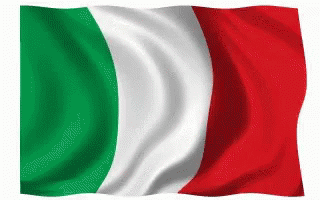

Ancona luxury cars rental in Italy



